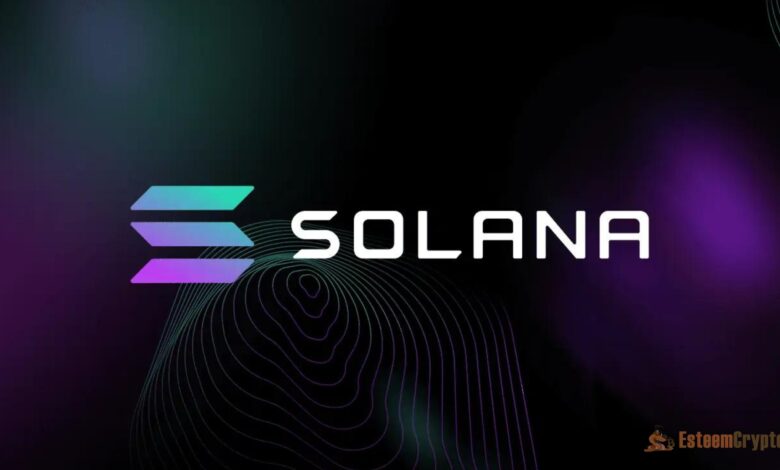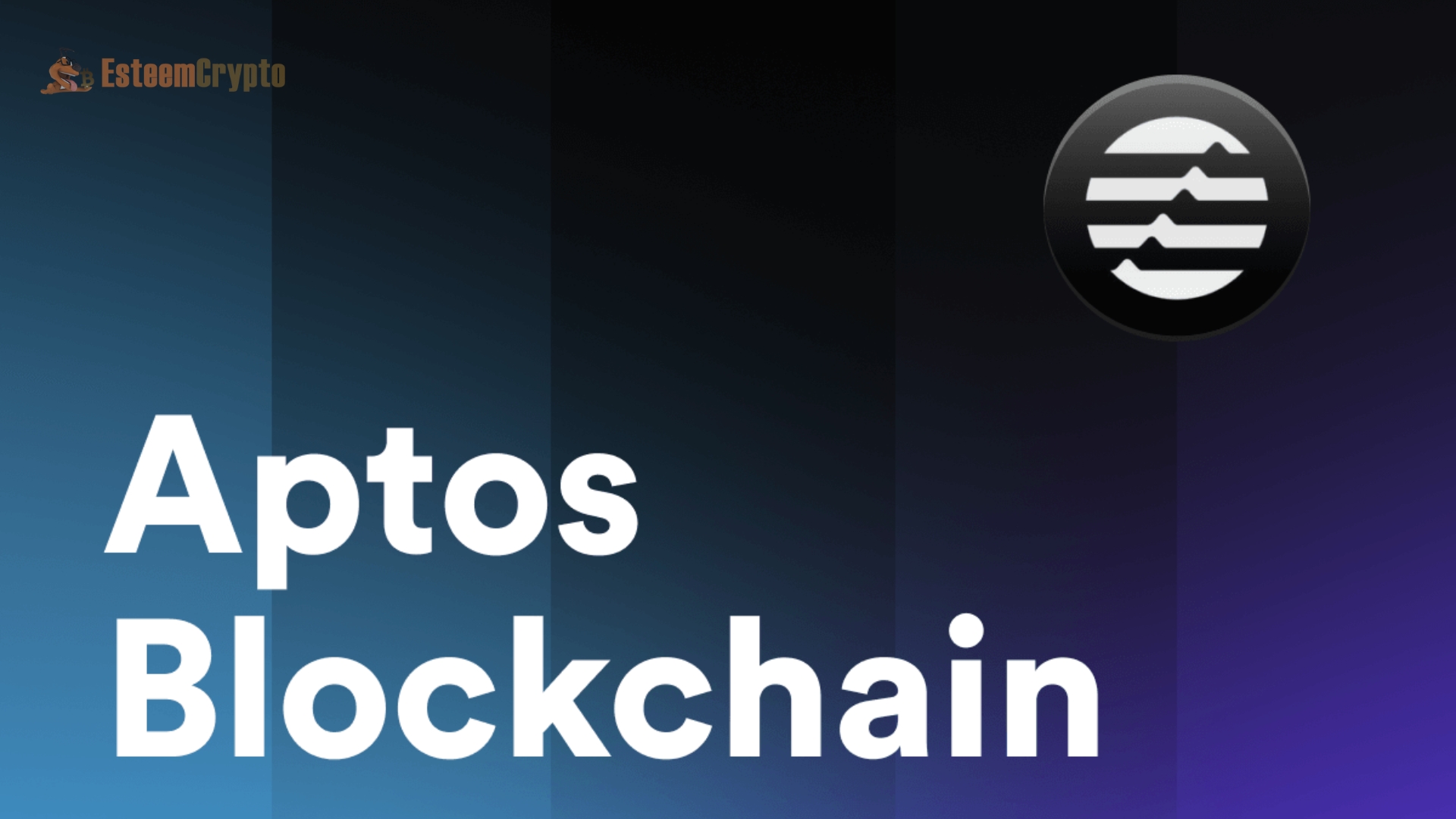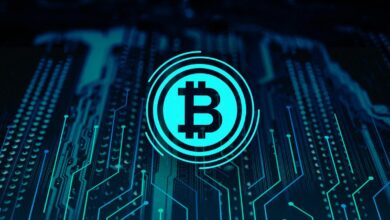The Fastest Blockchain Networks in 2024: A Complete Overview

Fastest Blockchain Networks: Since its inception, Blockchain technology has revolutionized how data is managed, transactions are processed, and digital assets are transferred. Over the years, the network’s speed has been one of the most critical metrics in blockchain. As blockchain adoption grows across industries, the demand for faster, more efficient networks has surged. In 2024, several blockchain networks stand out for their speed and scalability. This article explores the fastest blockchain networks today and what makes them the leaders in the race.
Solana: The Speed King
Solana has maintained its position as one of the fastest blockchain networks globally. With a theoretical throughput of 65,000 transactions per second (TPS), Solana has revolutionized how decentralized applications (dApps) and decentralized finance (DeFi) platforms operate. This speed is achieved through a unique consensus mechanism, Proof of History (PoH), combined with Proof of Stake (PoS). PoH timestamps transactions to create a verifiable order of events, reducing the need for extensive validation processes seen in other blockchains.
In 2024, Solana’s ecosystem continued to expand, with more dApps and projects choosing Solana for its speed and low transaction costs. However, while Solana is incredibly fast, it has faced occasional network outages and security challenges. Despite these issues, Solana remains a top choice for projects that require high throughput and fast finality.
Aptos: The New Contender
Aptos has emerged as a significant player in the blockchain space, often touted as a “Solana killer.” This network, developed by former Facebook (now Meta) engineers, boasts an impressive TPS of around 160,000 in test environments. Aptos utilizes a Byzantine Fault Tolerance (BFT) consensus mechanism, which enhances the network’s speed and reliability.
Aptos has gained traction due to its focus on developer experience and safety. Its programming language, Move, is designed to offer more secure smart contracts, attracting developers who prioritize security and efficiency. Aptos’ scalability and performance have attracted DeFi projects, NFTs, and gaming apps by 2024.
Avalanche: Speed with Subnets
Avalanche is another blockchain that has prioritized speed and scalability. It achieves this through its unique consensus protocol, which can confirm transactions in under a second, making it one of the fastest finality times in the industry. Avalanche supports around 4,500 TPS in its primary network and much more through its subnet feature, where developers can create custom blockchains optimized for their specific needs.
The subnet feature allows Avalanche to scale horizontally, enabling multiple blockchains to operate independently yet communicate within the Avalanche ecosystem. In 2024, Avalanche’s subnets have been used extensively in various industries, including finance, supply chain, and gaming, making it a versatile and fast network.
Polygon (Matic): Layer 2 Scaling Solution
While Ethereum continues to dominate the blockchain space regarding smart contract deployment, its network speed and high gas fees have been significant pain points. Polygon (formerly Matic) has emerged as Ethereum’s leading Layer 2 scaling solution, offering much faster transaction speeds and lower fees. Polygon achieves up to 7,000 TPS speeds by combining Plasma Chains and a Proof of Stake mechanism.
In 2024, Polygon expanded its role as the go-to scaling solution for Ethereum, with many major DeFi projects and NFT marketplaces integrating Polygon to improve user experience. The network’s speed, combined with Ethereum’s security, makes it a preferred choice for developers looking to scale their applications without compromising their decentralized nature.
Near Protocol: Speed and Usability
Near Protocol’s sharding technology and user-friendly platform make it possible to scale quickly without sacrificing efficiency. Among the market’s fastest blockchains, Near can manage roughly 100,000 TPS. Doomslug, the network’s one-of-a-kind consensus process, guarantees that blocks are generated in seconds.
Near’s focus on ease of use and its ability to support many transactions have made it popular among developers in 2024. The protocol’s emphasis on usability, with features like human-readable account names and its progressive security model, has made it accessible to a broader audience, driving adoption across various sectors.
Algorand: Pure Proof of Stake Efficiency
One of the main reasons Algorand is a top blockchain network is its fast and secure Pure Proof of Stake (PPoS) consensus process. With less than five seconds for block finality, Algorand can process approximately 6,000 TPS. The network’s design guarantees fast and efficient transactions and keeps it decentralized.
In 2024, Algorand has seen significant adoption in digital identity, supply chain, and tokenized assets. Its ability to offer near-instant transaction finality and low fees has made it a competitive option for enterprises and developers looking for a reliable and fast blockchain network.
Cardano: Speed with Scientific Rigor
Cardano has always been known for its research-driven approach to blockchain development. While not the fastest in raw TPS, Cardano’s Hydra upgrade in 2024 has dramatically improved its scalability and speed. Hydra, a Layer 2 scaling solution, allows Cardano to process up to 1 million TPS under optimal conditions.
Cardano’s emphasis on formal verification and peer-reviewed research ensures its upgrades are robust and secure. In 2024, Cardano extended its ecosystem, particularly in the areas of decentralized finance, non-fungible tokens, and educational projects. By utilizing its increased speed, the cryptocurrency attracted various developers and users.
Conclusion
As blockchain technology continues to evolve, the race for the fastest network is far from over. While speed is crucial, it’s essential to consider other aspects like security, decentralization, and developer support when choosing a blockchain network. The networks highlighted in this article—Solana, Aptos, Avalanche, Polygon, Near, Algorand, Cardano, and Harmony—represent the forefront of blockchain innovation in 2024. Each offers unique advantages, and their continued development will shape the future of decentralized technology.
In this rapidly evolving landscape, keeping an eye on emerging technologies and ongoing upgrades will be essential for anyone involved in blockchain, whether as a developer, investor, or enthusiast.




